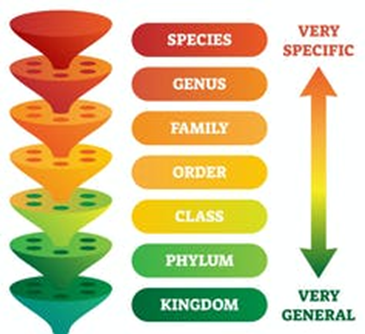

9th April 2022 (7 Topics)
Researchers identified over 5,500 new viruses in the ocean, including a missing link in viral evolution
Context
According to a new study, an analysis of the genetic material in the ocean has identified thousands of previously unknown RNA viruses and doubled the number of phyla, or biological groups, of viruses thought to exist.
About
RNA viruses:
- RNA viruses are best known for the diseases they cause in people, ranging from the common cold to COVID-19.
- They also infect plants and animalsimportant to people.
- These viruses carry their genetic information in RNA, rather than DNA.
- RNA viruses evolve at much quicker ratesthan DNA viruses do. While scientists have cataloged hundreds of thousands of DNA viruses in their natural ecosystems, RNA viruses have been relatively unstudied.
- Unlike humans and other organisms composed of cells, however, viruses lack unique short stretches of DNA that could act as what researchers call a genetic bar code.
- Without this bar code, trying to distinguish different species of virus in the wild can be challenging.
Finding of the study:
- To get around the limitation of identifying genetic bar code, researchers decided to identify the gene that codes for a particular protein that allows a virus to replicate its genetic material.
- It is the only protein that all RNA viruses share, because it plays an essential role in how they propagate themselves.
- Each RNA virus, however, has small differences in the gene that codes for the protein that can help distinguish one type of virus from another.
- So they screened a global database of RNA sequences from plankton collected during the four-year Tara Oceans expedition’s global research project.
- Plankton is any aquatic organisms that are small to swim against the current.
- They’re a vital part of ocean food webs and are common hosts for RNA viruses. The screening ultimately identified over 44,000 genes that code for the virus protein.
- The study identified a total of 5,504 new marine RNA viruses and doubled the number of known RNA virus phyla from five to 10.
- Mapping these new sequences geographically revealed that two of the new phyla were particularly abundant across vast oceanic regions, with regional preferences in either temperate and tropical waters (the Taraviricota, named after the Tara Oceans expeditions) or the Arctic Ocean (the Arctiviricota).

Why it matters?
- These new sequences help scientists better understand not only the evolutionary history of RNA viruses but also the evolution of early life on Earth.
- As the COVID-19 pandemic has shown, RNA viruses can cause deadly diseases. But RNA viruses also play a vital role in ecosystems because they can infect a wide array of organisms, including microbes that influence environments and food webs at the chemical level.
- Mapping out where in the world these RNA viruses live can help clarify how they affect the organisms driving many of the ecological processes that run our planet.


